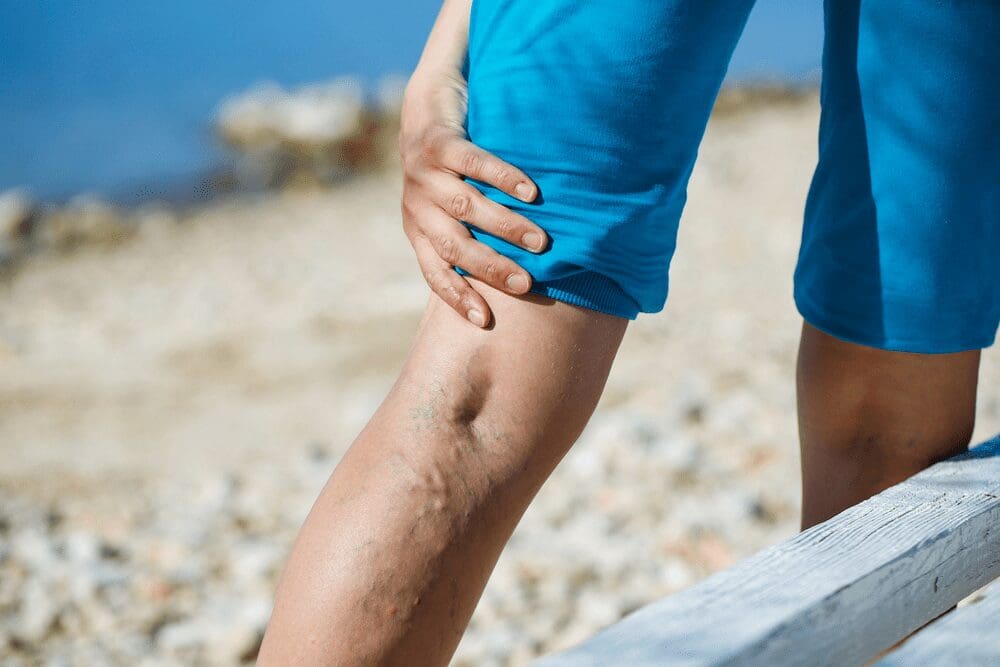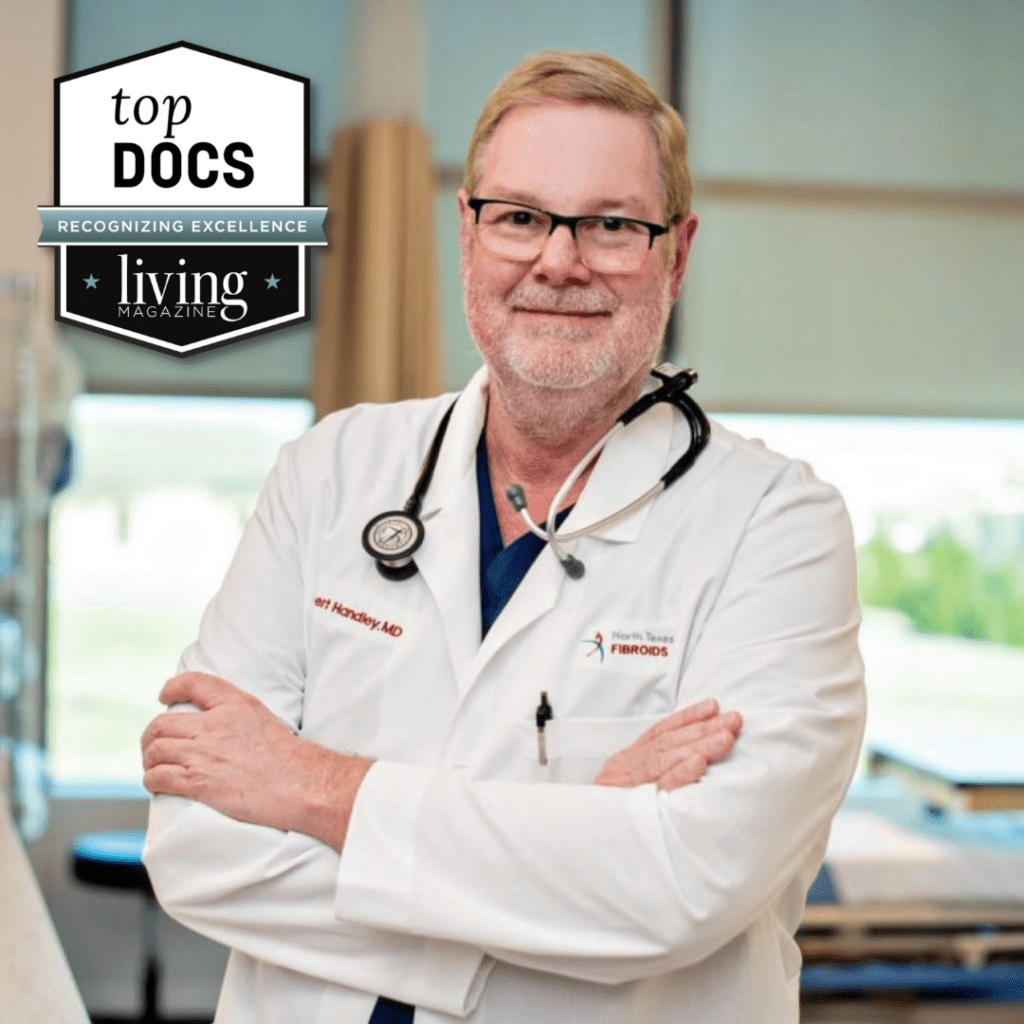Although some vein conditions are benign, others may be cause for medical concern. It’s important to understand the symptoms of vein disorders so that you can receive medical attention as soon as possible. Learn everything you need to know about detecting and treating vein conditions at North Texas Vein & Vascular in Flower Mound, TX.
How Do You Know You Have a Vein Disorder?
For the most part, you will be able to tell that you have a potential vein condition by simply looking at the veins on your legs. Healthy veins in the legs are not visible to the naked eye, so if you have raised veins, dark veins, twisted veins, or bulging veins, this is usually a sign that you have a vein condition.
Vein disorders can be diagnosed by making an appointment with a vein expert who will know how to visually assess the vein you are concerned about. Your vein specialist may also order blood tests, x-rays, CT scans, MRIs, and even ultrasounds to observe blood flow and detect any potential clots.
Common Symptoms of Vein Disease
There are many common symptoms of vein diseases and most vein conditions have symptoms that overlap. Aside from visual cues for bulging veins, dark veins, or webbed veins, you may be able to assess the condition of your vein if you have aching in the legs, swelling, inflammation, or any other pain that is particularly focused on one vein.
Discolored skin on the legs, burning skin, itching skin, and sores on the legs that are slow to heal may also be an indication of vein disease. Finally, heavy legs, sleepy legs, and an overall sense of fatigue are also common symptoms of potential vein diseases.
Common Vein Disorders
In general, vein disease is any disorder of the veins that can weaken or damage the veins in your body, particularly the veins in your legs. It’s important to detect vein disease early so that you can protect your cardiovascular health since many disorders will compromise the ability of your blood vessels to carry oxygen to and from the heart. The most common vein diseases include:
Chronic Venous Insufficiency
Chronic venous insufficiency is a condition that can happen whether you have varicose veins or not. Chronic venous insufficiency causes blood to pool in the veins in your legs, which can slow blood flow to your heart and cause potential complications such as a stroke if you are in a high-risk category. This condition is characterized by itching and flaking skin, leg cramps, and edema.
Varicose Veins and Spider Veins
Varicose veins and spider veins are some of the most common vein conditions a person can develop. In general, although varicose veins and spider veins may make you feel self-conscious about your appearance, these are usually benign conditions that aren’t linked to medical concerns.
Varicose veins are characterized by bulging or dark veins on the lower legs, while spider veins are web-like veins that can appear on the legs and some other areas of the body, such as the face.
Deep Vein Thrombosis
Deep vein thrombosis is a very serious vein condition that occurs when a blood clot is formed in the deepest veins in the body, which is often the legs. When these clots form, they limit the blood flow in that vein and may eventually travel to the lungs.
One of the dangers of deep vein thrombosis is that it can develop quickly and may not always present with symptoms. Specific symptoms for this condition include warmth in one leg, a very painful leg cramp, discoloration in one leg, or pain in the back of your calf muscle. If you have these symptoms along with shortness of breath, chest pain, excessive sweating, or extremely rapid pulse, you should seek medical help immediately.
Are Vein Conditions Medical Concerns?
Not all vein conditions are causes for immediate medical concern. For example, spider veins and varicose veins are both very common and usually aren’t linked to any cardiovascular risks, such as blood clots. On the other hand, having any type of vein disorder is something that should be monitored by a doctor, particularly if you are in a higher risk population for developing complications from vein conditions.
What Are Risk Factors for Vein Disorders?
Although vein conditions can develop in most people, several risk factors are associated with the higher likelihood of developing these vein conditions. If you fall into one or more of these risk categories, this is a good reason to visit a vein specialist to assess your health.
Gender
Gender may be one of the biggest risk factors for developing conditions such as varicose veins, spider veins, and deep vein thrombosis. Women are almost three times more likely to develop a vein condition than men, so simply being born female is a risk factor for developing vein conditions in the future.
Pregnancy
Pregnancy can increase the risk of developing varicose veins and spider veins. This is because both the hormonal fluctuations associated with pregnancy and pregnancy weight gain can affect the blood flow in your legs, making it easy to develop bulging or twisting veins.
Age
Age is another common risk factor for developing vein concerns. As you age, the cells in your veins will become thinner and more likely to be damaged by the stress of blood flow in your body. This will eventually affect the valves in the veins that control blood flow and blood pressure, which can lead to the development of vein conditions.
Weight
People who are obese are at a higher risk of developing vein conditions, particularly varicose veins. Weight is a risk factor because having a heavier body weight places more stress on the veins in your body by increasing your blood pressure, which can stress the vein walls.
Genetics
Some people may be genetically predisposed to developing vein conditions. For example, people are more likely to develop varicose veins if they have close blood relatives who also have varicose veins. Sometimes, a family history of cardiovascular disease can also put you at a higher risk of developing vein conditions such as deep vein thrombosis.
Lifestyle
Finally, leading a sedentary or low-activity lifestyle can also be a risk factor. For example, if you do not exercise at least three times a week, your cardiovascular system will likely be weakened, which can make it difficult for your veins to cope with the stress of controlling your blood pressure. Sitting and standing for several hours at a time are also major risk factors for developing all types of vein conditions.
How Do You Treat Vein Disorders?
There are several treatments for vein conditions that you can consider when you have a consultation with a vein specialist. Some of the most frequently used treatments for vein conditions include laser vein ablation, radiofrequency treatments, ultrasound-guided foam sclerotherapy, traditional sclerotherapy, and a special procedure called a VenaSeal Vein Closure.
The goal of these treatments is to close down the vein that is causing problems with your blood flow. Specifically, varicose veins, spider veins, and weakened veins in the legs will be sealed off to redirect blood flow to healthy veins, which will improve both your health and the cosmetic appearance of your legs.
Which Treatment Is the Best for You?
Selecting the vein treatment that is right for you will depend on several factors, such as the history of your vein condition, your overall health, and any cardiovascular diseases you may have. In general, vein specialists will recommend the most conservative treatments to quickly take care of vein conditions. It’s also likely that your specialist will recommend lifestyle changes, such as weight loss and regular exercise, to control your vein condition in the future.
What Is the Recovery Time Like?
After any treatment for a vein condition, you can usually expect the recovery time to take about one to two weeks. During your recovery time, you may be directed to wear compression stockings to compress the blood flow in your legs and help redirect blood to healthy veins. Most people can go back to work a few days after an appointment.
Resolve Your Vein Concerns Today
Although most vein conditions are benign cosmetic flaws, it’s still important to see a vein specialist to assess your condition and make sure that you are not at any medical risk. Schedule your first appointment with North Texas Vein & Vascular in Flower Mound, TX today.

